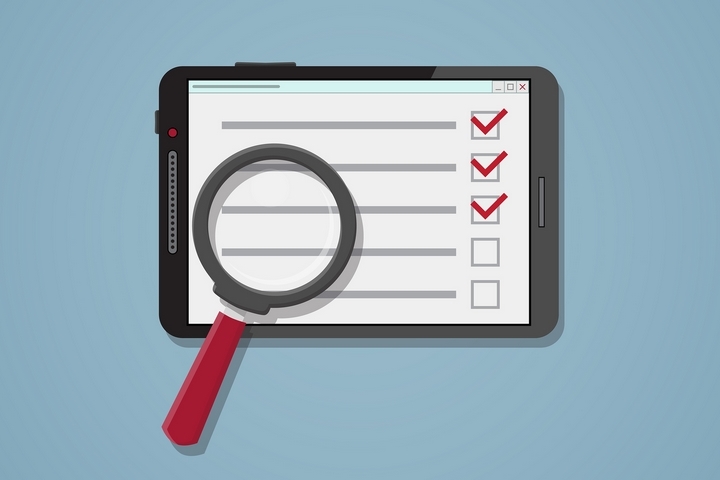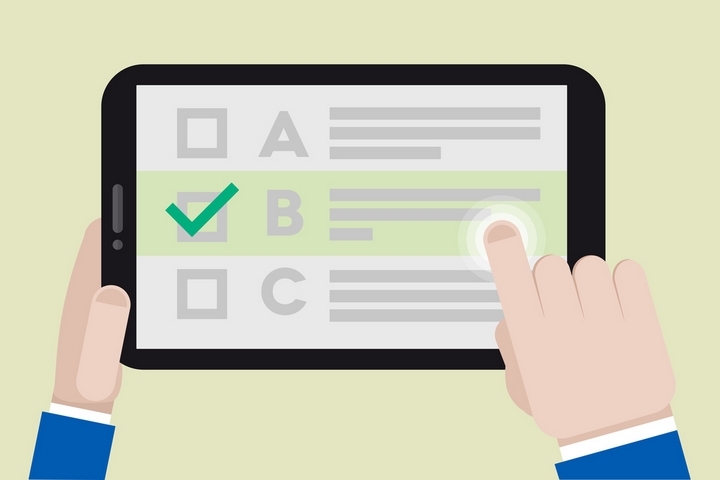
A survey can be described as a research method used to collect data from a pre-determined group of people. A survey helps a researcher or organization to gain insight and information on a specific topic of interest. The methodology you decide to use to conduct a survey is dependent mainly on the objective the study is aiming to achieve.
The data is obtained through a standardized procedure that aims to make sure each respondent can answer the questions on a level playing field, hence ensuring that the opinions given are not biased. In most cases, a survey entails asking for information through the use of a questionnaire that can either be dispersed on paper or on digital media such as emails, social networks, URLs or QR codes.
The following are the popular types of survey methods you can use to gather information from your customers:
1. Cross-sectional Studies

This type of survey method is based on observational research that analyzes different variables of data collected at a specific point in time from a pre-defined subset, also known as a sample population. This type of survey method is also variously referred to as a prevalence study, transverse study, or cross-sectional analysis.
Data gathered from a cross-sectional study is usually obtained from a group of people whose variables are similar. Variables stay constant throughout the process of doing a cross-sectional study. These types of survey methods can be conducted through various mediums, from paper surveys to innovative mobile forms for data collection.
2. Longitudinal Studies

This type of survey method utilizes an observational study, which is usually conducted over a long period. It can take years or decades to be complete. The data usually collected from a longitudinal study is either quantitative or qualitative in nature.
In this type of survey, the person who created the survey does not interfere with the respondents. This is because this survey aims to look out for any natural changes in the respondent’s attitude, health or life in general, depending on the aim of the survey.
A good example of a study that would use this type of survey method is one aimed at identifying what diseases mostly affect girls between the ages of 10 to 15 years.
3. Correlational Studies

Correlational study surveys are not as experimental as the other types. This study is aimed at finding how two different variables relate to each other through a statistical analysis that should not be in any way affected by external variables.
These types of survey methods should help you understand how a change in one of the variables will affect the other, and to what extent; for example, how does a river being contaminated by a factory affect the residents of that area?
4. Online Surveys

Online surveys have become a preferred method of collecting data, a factor that has contributed to its rise in popularity. It can reach a wider audience and is easily accessible wherever the internet is available, which is almost everywhere.
Even better, the type of questions you can ask using online surveys are not limited. Over the years, online data collection and analysis have become more structured and easier to manage. Another added advantage of online surveys is that the response rate is higher than that from most of the other survey methods.
5. Face To Face Surveys

This type of survey method is among the most widely used when collecting data. Face to face surveys has a higher response rate since the survey is done face to face. It is easy for the respondent to trust the researcher since issues and concerns can be dealt with across the table.
This survey method requires you to plan and prepare meticulously before executing it. The advantage of face to face surveys is that you can get more detailed information. You can also ask and receive instant answers to questions that need further clarification.
6. Telephone Surveys

Telephone surveys are a cheaper alternative to face to face surveys. It is also less time consuming and requires minimal effort to execute. The downside of this type of survey method is that respondents are not so trusting when it comes to giving out information on a call, which means that the response rate is low. The information one can get from this survey method is limited compared to face to face surveys.
7. Paper Surveys

Paper surveys are the least used data collection method. It is mostly used to conduct field research
. Paper surveys are the most logistically hard to manage and analyze. This type of survey method primarily applies in areas where computers, tablets, and laptops are not accessible, but pen and paper is.
The survey methods you use depends on the nature of your study and its objectives. When settling on a survey method, first establish what your study seeks to achieve, who the respondents are, and the various research tools at your disposal. Conducting regular surveys is essential for any business or organization. It helps you stay ahead of the competition.


